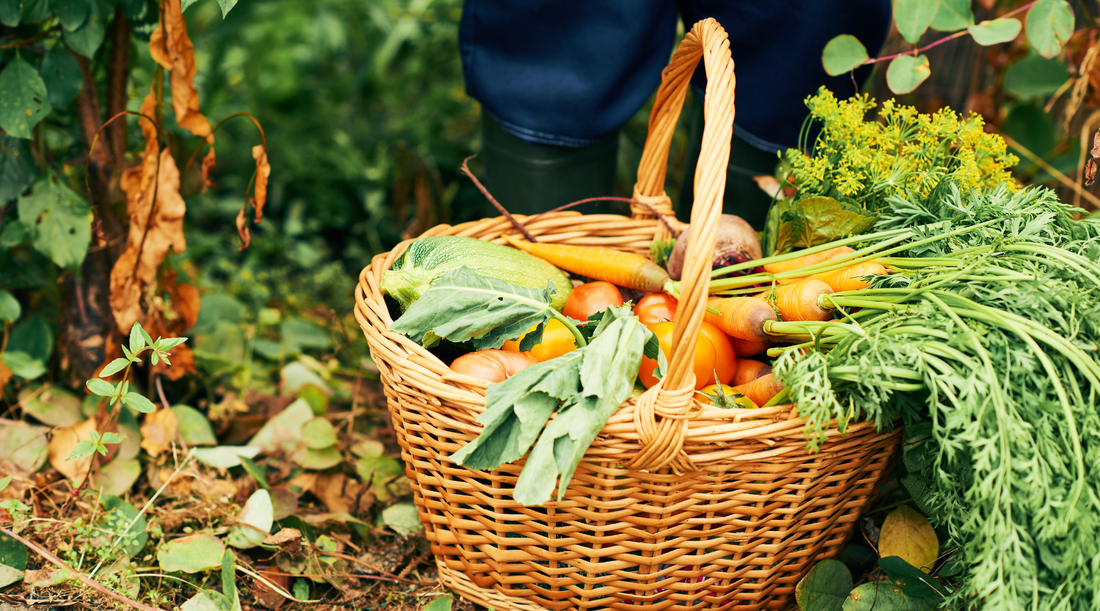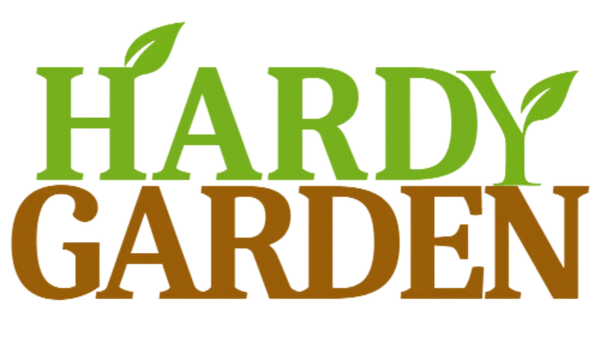
How to Harvest Crops: More Than Just Picking Plants
Harvesting crops is more than just the final step in your gardening journey. It’s a crucial moment that directly affects the quality, taste, and shelf life of your produce. While it might seem like a simple task, knowing how and when to harvest can make a significant difference in the outcome. From choosing the right tools to handling crops with care, there’s a lot more involved than just picking plants.
In this guide, we’ll walk you through essential harvesting tips that go beyond the basics, ensuring you get the most from your efforts. Stick with us to learn how to make your harvest truly rewarding!
What is Harvesting
Harvesting is the process of gathering mature crops from the fields or garden for consumption, sale, or storage. It typically involves carefully picking, cutting, or digging up crops at the right stage of maturity to ensure the best quality, flavor, and nutritional value. Proper harvesting requires attention to timing, as harvesting too early or too late can affect the taste, texture, and shelf life of produce.
Harvesting also includes post-harvest activities such as cleaning, sorting, and storing the crops to preserve their freshness and extend their usability. It is a critical stage in the gardening or farming cycle because it determines the final output and success of the growing season.
When to Harvest Crops
Harvest time depend on the type of crop variety you are growing. Harvesting depends on the growing season, environmental factors and the specific goals of growing crops for your garden or farm. Here are some general guidelines on when to harvest crops:

- Maturity Stage: Their maturity stage is the most critical factor in determining when to harvest crops. Different crops have different signs of readiness, such as color change, size, or texture. Some crops can be harvested in early summer and some in late summer. Monitoring your crops regularly and harvesting them at maturity keeps the quality and flavor.
- Weather Conditions: Consider the weather forecast when planning your harvest time. Harvesting when the weather is dry and sunny can help prevent issues like mold, rot, or sprouting in storage. Wet conditions can make harvesting difficult and may lead to damage or fungal growth.
- Daytime Temperature: Harvesting in the early morning or late evening when temperatures are cooler can help preserve the quality of certain crops, as heat can cause rapid deterioration.
- Crop Specifics: Each crop has its own optimal harvesting time. For example, tomatoes are typically harvested when fully ripe, while root vegetables like carrots can be left in the ground until needed, as they store well.
- Indicators: Look for visual and tactile indicators of readiness. For example, fruits like watermelons should sound hollow when thumped, while squash should have a hard rind.
Methods of Harvesting
Manual Harvesting
- Hand-Picking: Using hands to gently pick fruits, vegetables, or grains directly from the plant. This is ideal for delicate crops like tomatoes or berries.
- Fruit Picker Tool: Long-handled tools with a basket or claw on the end, designed to reach and pick fruits from tall trees without damaging them. Great for apples, peaches, or oranges.
- Cutting Tools: Using tools like knives or pruning shears to cut crops from stems, vines, or stalks, commonly used for crops like herbs or leafy greens.
- Digging: Using a spade, fork, or shovel to dig up root vegetables like potatoes, carrots, or onions.

Mechanical Harvesting
- Harvesting Machines: Large machines, such as combines or harvesters, are used for crops like wheat, corn, or rice. These machines cut and gather crops quickly over large areas.
- Tractors with Attachments: Specialized attachments for tractors help with collecting specific types of crops.
Post-Harvest Handling:
Cleaning and Storing Crops
- Cleaning: Gently brush off dirt or debris from vegetables and fruits. For items like leafy greens, rinse them in cool water, and if necessary, use a mild vinegar solution to remove any residual chemicals or pests. Avoid soaking them as it can lead to waterlogging.
- Drying: After washing, ensure produce is thoroughly dried to prevent mold and rot. Use a clean towel or air-dry in a well-ventilated area. For herbs and small greens, consider using a salad spinner to remove excess water.
- Storing: Store crops in clean, dry containers. Use breathable materials like paper bags or perforated plastic bags for vegetables. Root crops can be stored in a cool, dark place in bins filled with sand or sawdust.
Preserving Nutrients
- Cool, Dry Places: Store most vegetables (e.g., potatoes, onions) in a cool, dry, and dark place to preserve nutrients and extend shelf life.
- Refrigeration: Use the refrigerator for perishable items like leafy greens, berries, and certain fruits (e.g., apples). Make sure the refrigerator is at the correct temperature (usually around 40°F or 4°C).
- Sealing: Use airtight containers or vacuum-sealed bags to prevent moisture and air from degrading produce. This is especially useful for herbs, berries, and pre-cut vegetables.

Importance of Knowing The Methods of Harvesting Crops
1. Maximizes Yield and Quality
- Optimal Harvest Time: Different crops have specific maturity times. Knowing when and how to harvest ensures you pick them at their peak ripeness, which maximizes yield and quality.
- Reduced Waste: Proper harvesting techniques minimize damage and spoilage, leading to less waste and more usable produce.
2. Preserves Nutrients and Flavor
- Nutrient Retention: Harvesting at the right time and using appropriate methods helps preserve the nutritional value and flavor of the crops.
- Texture and Taste: Proper harvesting prevents over-ripening or underripening, maintaining the ideal texture and taste of the produce.
3. Reduces Damage and Loss
- Handling: Understanding the correct harvesting methods reduces mechanical damage and bruising, which can affect the quality and shelf life of the produce.
- Disease Management: Proper techniques can help prevent the spread of diseases and pests that may be present on the crops.
4. Improves Storage and Shelf Life
- Ease of Storage: Knowing how to harvest crops so they are clean and undamaged makes them easier to store and prolongs their shelf life.
- Post-Harvest Treatments: Some crops may require specific post-harvest treatments, like curing or drying, which depend on the harvesting method used.
5. Enhances Market Value
- Presentation: Well-harvested crops are more attractive to buyers, which can increase market value and profitability.
- Compliance: Following best practices for harvesting can meet industry standards and regulations, ensuring your produce is acceptable for market sale.

6. Promotes Sustainable Practices
- Resource Efficiency: Efficient harvesting methods reduce waste and make better use of resources, contributing to more sustainable agricultural practices.
- Environmental Impact: Proper techniques minimize environmental impact, such as soil disruption and unnecessary pesticide use.
7. Facilitates Planning and Management
- Harvest Schedules: Understanding different methods helps in planning harvest schedules effectively, aligning them with market demands and labor availability.
- Training: Proper knowledge allows for effective training of farm workers, ensuring consistent and high-quality harvesting practices.
Conclusion
In conclusion, harvesting crops is far more than the simple act of picking plants. It is a process that involves careful planning, a variety of techniques, and profound implications for our world. From ensuring food security to preserving our environment, the art of harvesting touches every aspect of our lives.
Harvesting is, indeed, more than just picking plants. It's a fundamental part of our existence and a testament to the skill and dedication of gardeners and farmers worldwide.
What’s your best harvesting tip? Share it in the comments!
